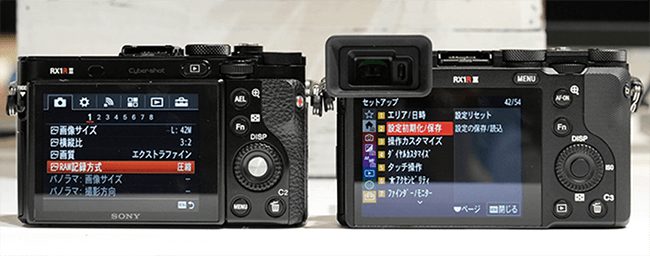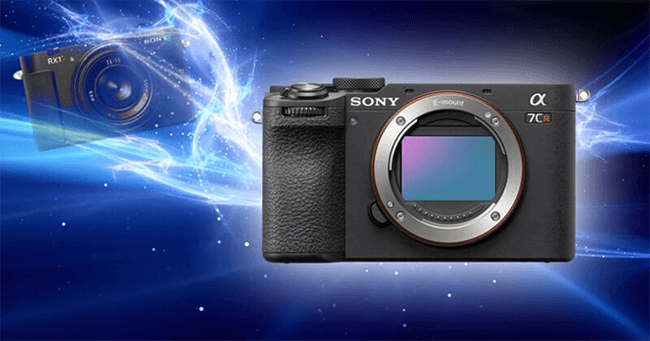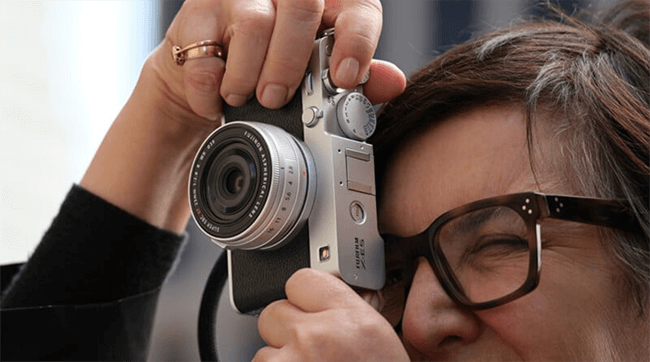With the release of Sony RX1R III, the a7CR, which was launched in 2023, has triggered a re-evaluation in the market due to overlapping core performance and a significant price difference. Both cameras are equipped with a 61-megapixel full-frame sensor, but their product positioning and functional configurations differ significantly.

Both adopt Sony's 61-megapixel back-illuminated CMOS sensor, paired with the BIONZ XR processor and a dedicated AI processor. They share the same underlying AI autofocus technology, and are equipped with the same 2.36-megapixel EVF with a 0.7x magnification, located in the upper left corner. Limited by the rolling shutter effect caused by the reading speed of the high-megapixel sensor, both are mainly used for still photography.
Analysis of Key Differences:
RX1R III: Fixed 35mm f/2 Zeiss lens, no in-body image stabilization, fixed rear LCD, NP-FW50 battery, 498g, extremely thin and light.
a7CR: E-mount interchangeable lens system, 5-axis in-body image stabilization, fully articulating side flip touchscreen, NP-FZ100 battery, 515g (including a larger grip), with the grip增厚 about 30%.
In terms of actual usage scenarios, the RX1R III has advantages in street photography that requires absolutely minimized volume, high-frequency flash applications in studio shooting (advantage of in-lens shutter), and pursuing a minimalist "one camera, one lens" workflow. The core competitiveness of the a7CR includes compatibility with compact prime lenses such as the Sigma 35mm f/2 DG, or expansion to zoom lenses like 24-70mm; thanks to in-body image stabilization, the success rate of handheld low-speed shutter shooting is improved; the flip screen supports high and low angle viewing, and touch operation enhances efficiency.
In the same focal length solution, the a7CR paired with the Sigma 35mm f/2 is approximately $3,324, while the RX1R III body alone is $5,099. The price difference can bring a 13% reduction in volume, but it requires sacrificing image stabilization, screen flexibility, and the ability to change lenses.

Referring to Fujifilm's parallel strategy, the X100VI and X-E5 form a price gradient, but Fujifilm's fixed-lens models are priced lower, while Sony is the opposite. The Sony a7CR offers 90% of core performance at a 60% price difference, at the expense of extreme portability.

The release of the RX1R III has unexpectedly highlighted the cost-effectiveness of the a7CR, which provides a sensor of the same level and a more complete functional system at a lower price. For users who are not extremely sensitive to volume, the combination of the a7CR with a compact prime lens has advantages in three dimensions: cost savings, functional expandability, and operational efficiency (flip screen). From this perspective, the core value of the RX1R III only exists in the niche market where there is an obsession with the absolutely smallest full-frame camera.
Related Tags: Sony
